Roundtable: Ibuki’s pants
Things have been quiet around here… too quiet. It’s time for another argument. (Warning: Scantily clad young lady under the cut!)
I thought Street Fighter Legends: Ibuki was a nice, girl-centered action comic that was neither too angsty nor too preachy. I liked the fact that although it’s a ninja story, everyone respects Ibuki’s right to choose whether or not to become a ninja, and I liked the goofy way it blended high school and ninja life. I didn’t even notice Ibuki’s pants, but Johanna Draper Carlson sure did. At her blog, Comics Worth Reading, she said,
As soon as I saw the character’s outfit, as shown on the cover, and how it’s missing most of the normal coverage below the waist, I sent back a note saying that this impractical costume indicated I clearly wasn’t part of the target audience, so I wouldn’t write about it.
Johanna also objected to a one-page comic inside the book in which Ibuki actually addresses her costume and reassures the audience that she does wear underwear. I saw this as funny and a wink to the audience. The comic is based on a game, and the costume is dictated by the rights holder, Capcomm, not the artists, so I saw it as a way of undermining that. Johanna disagreed with that as well. This led to a lively discussion on Twitter.
ADVERTISEMENT
ADVERTISEMENT
Ibuki’s pants do have big cutouts on the sides, but it didn’t strike me as a particularly sexualized costume. It seemed more in keeping with manga costumes, which are often elaborately designed and have all sorts of superfluous buckles and zippers and yes, cutouts. I was bothered a lot more by the girls in Tokyo Mew Mew, who are supposed to be little girls but wear what I think of as fetish gear—maid costumes, bustiers, chokers, fishnet stockings. Ibuki’s pants may be ridiculous, but I think she comes off overall as strong and self-confident.
Kate Dacey: I agree with Johanna that the character’s costume is kind of ridiculous; anyone who’s ever played a sport that involves jumping, diving, or squatting would be within her rights to worry that she might expose herself if she wore pants with such generous cut-outs. (Can you say, “breezy”?)
At the same time, however, there are plenty of sports—volleyball, track and field, gymnastics, figure skating, swimming—in which female athletes wear briefs in lieu of pants or shorts. Those may be more modestly cut than Ibuki’s outfit, but the rationale is the same: promoting freedom of movement. I’d also add that Ibuki’s outfit covers her chest, an area that’s normally accentuated in female superhero costumes. As a result, her outfit doesn’t make her look like a sexy twenty-five-year old; she still looks like a teenager, albeit one who’s in better shape than most of us.
Mike Pawuk: Just read the collection and I’m not exactly what all the fuss is all about. I thought the single panel feature was reminiscent of the end panels in manga stories where they have some fun discussion that’s not a focus of the book at all and thought it was harmless since it tries to acknowledge something clearly everyone has noticed about the character’s design. Sure, the character’s design is a little odd, but we’re discussing a licensed video game character who’s character introduction occurred in the video game Street Fighter III back in 1997 – roughly 14 years ago. Unless Capcom wants to upgrade the costume for the newer games in the series, there’s not much that the creators of the book or for comic book reviewers to do other than bemoan the side air pockets. Secondly, her friend Elena is even wearing less clothing in her fighting costume than Ibuki and this doesn’t even garner a complaint. If you’re really going to complain about a costume, how about the one where the character is almost naked. You see more skin on some heroes like Psylocke from the X-Men (and I have to say I’m still eye-rolling over her character design from full body armor which I loved to being a near-naked ninja assassin).
As a whole, I liked the series a lot, but I’m familiar with the characters from the video game, which the series is clearly marketed to. I think the series tied into Ibuki’s balance of being a typical modern-life-loving teenager with her ninja heritage. I do have to agree with Ed Sizemore’s concern that it felt like too much plot was mashed together, but overall I enjoyed it.
Lori Henderson: I don’t really see a problem with Ibuki’s costume. Quite honestly, I never even really noticed them until this discussion started. But then, I am familiar with Street Fighter, and the “interesting” costumes the characters wear. Compared to other female characters such as Chun-li and Cammy, Ibuki’s costume is downright modest! If there was a costume to object to, I would agree with Scott that Elena’s was much more revealing that the couple of cut outs in Ibuki’s. I really enjoyed the story. It was a good coming-of-age story with some great female characters. The end with the attack in the Glade felt a little rushed, but the parts with Ibuki and her friends, and her struggle with choosing which life she wanted were really entertaining.
Since teen girls are meant to be the target audience of this title, I asked mine, 14 and 12, if they thought there was anything wrong with Ibuki’s costume. I got shrugs as answers. They didn’t see anything objectionable or revealing about about it. My oldest even recognized it as being from Street Fighter, even though she doesn’t play the games. Neither of them saw what the fuss was about. Of all the places that cut outs could have been put, I think the thighs are minor. At least it wasn’t on her chest.
Robin Brenner: I admit, when I was finally able to sit down and read through the book after hearing about the various objections and defenses, my reaction was a bit puzzled.
I am a reader who reacts to ridiculous and/or offensive costuming, especially when the comic itself is intended for teenage readers (see the Emma Frost series covers) and should appeal strongly to female readers. I gave up on reading Birds of Prey during a period when the pin-up poses, sexualized fights, and increasingly scant costumes utterly distracted me from the intelligent, competent characters being presented.
So I read through Street Fighter Legends: Ibuki and come out wondering just what the big deal was. Yes, Ibuki’s hakama style pants are clearly a wackadoo exaggeration intended to show off some skin. As Brigid said, it’s hardly the sexiest cut outs I’ve seen on a female costumed character. I noticed these gaps are notably only present on one female character and the bikini cut makes the costume more sexual than it needs to be, but overall the costume provides plenty of coverage and seems far more practical than the bulk of superhero comics fashions.
The comic itself, however, does an admirable job of avoiding presenting Ibuki or her friends as objects of desire (aside from a few pin-ups at the end of the volume), and I’ve found over the years of reading about female heroes aimed at a male readership that my line falls there. If a costume is ridiculous, I am able to put up with a certain amount of sexy provided the character and the art presents that character as something other than a pin-up. If the character is drawn as a sex bomb on every page, I get very tired of it very quickly, and my anger at the convention will rise pretty high. I did not have this problem with this comic at all. The style never crossed over into cheesecake art, and it never acted as if the comic’s purpose
was to provide teenage guys something to ogle.
There does seem to be a disconnect between the audiences the creators are familiar with dealing with (gamer fans, perhaps predominantly guys but I wouldn’t bet my life on that) and the audience they’re courting (teenage girls.) The idea that a reader might object to the costume should not be so surprising, nor should that reaction be treated as somehow unfounded or invalid.
ADVERTISEMENT
ADVERTISEMENT
So, my question for the groups is: can a comic be a kick-butt comic for teenage girls while still presenting a sexy costume? I’ve seen a fair amount of manga that teenage girls devour that still present a sexy female character. XXXholic comes to mind with Yuuko’s revealing kimono, as well as One Piece (Nami) and Bleach (Orihime). All of these are comics aimed at male readers but teenage girls embrace them despite characters sporting sexy or revealing costumes. When do we raise the alarm, and when do we allow the objectification?
Eva Volin: Stupid costumes are a given in comics. Tiaras, neck ribbons, billowy sleeves, high heels, capes and massively heavy utility belts are all going to be liabilities in a fight. So unless a costume is egregious (for me egregious equals the highly sexualized boob-sock, camel-toe, gosh-it-must-be-freezing-in-there kind of costume), I tend to just scoff and move on. And with this costume, I didn’t even scoff. If it hadn’t been for the kerfuffle on Twitter, I wouldn’t have given the costume a second thought. Ibuki is a licensed character, so the creators of the book didn’t create the character’s look. Considering Omar Dogan had to work with the character designs he was given, I think he did a good job of illustrating a story teen girls will enjoy reading.
To answer Robin’s question, history shows that females will read superhero comics that are traditionally aimed at male readers provided the story is good. Heck, even I kept reading Uncanny X-Men well into the Jim Lee years, a sad time when all women, human and mutant alike, stopped being able to stand up straight. I didn’t stop reading the series until the stories got, well, dull.
Women reading comics despite the artwork, not because of the artwork, is nothing new. As mentioned above, the pinup art proves that the characters could have been taken in much more grown-up directions Instead, Zubkavich and Dogan created a fun story that is respectful to both the character and to the reader. There’s nothing about Street Fighter Legends: Ibuki that would keep me from recommending it to fans of the game, fans of the superhero genre, or fans of manga who are looking for a quick, fun read.
Filed under: Uncategorized
About Brigid Alverson
Brigid Alverson, the editor of the Good Comics for Kids blog, has been reading comics since she was 4. She has an MFA in printmaking and has worked as a book editor, a newspaper reporter, and assistant to the mayor of a small city. In addition to editing GC4K, she is a regular columnist for SLJ, a contributing editor at ICv2, an editor at Smash Pages, and a writer for Publishers Weekly. Brigid is married to a physicist and has two daughters. She was a judge for the 2012 Eisner Awards.
ADVERTISEMENT
ADVERTISEMENT
SLJ Blog Network
One Star Review, Guess Who? (#202)
This Q&A is Going Exactly As Planned: A Talk with Tao Nyeu About Her Latest Book
Parsing Religion in Public Schools
Take Five: LGBTQIA+ Middle Grade Novels
ADVERTISEMENT

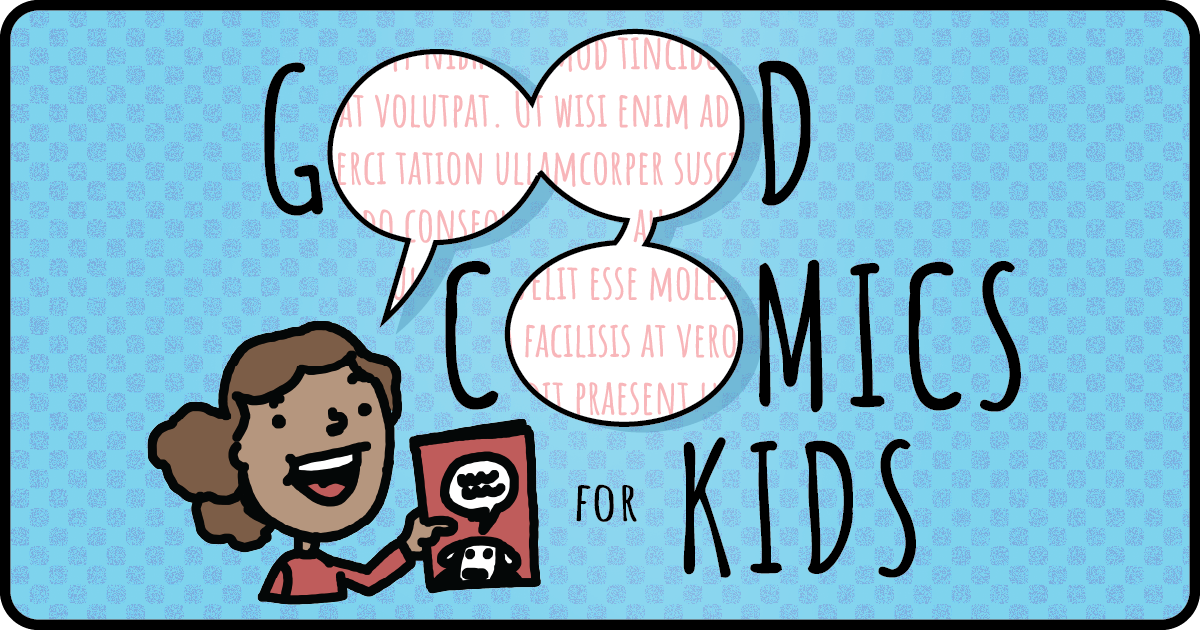


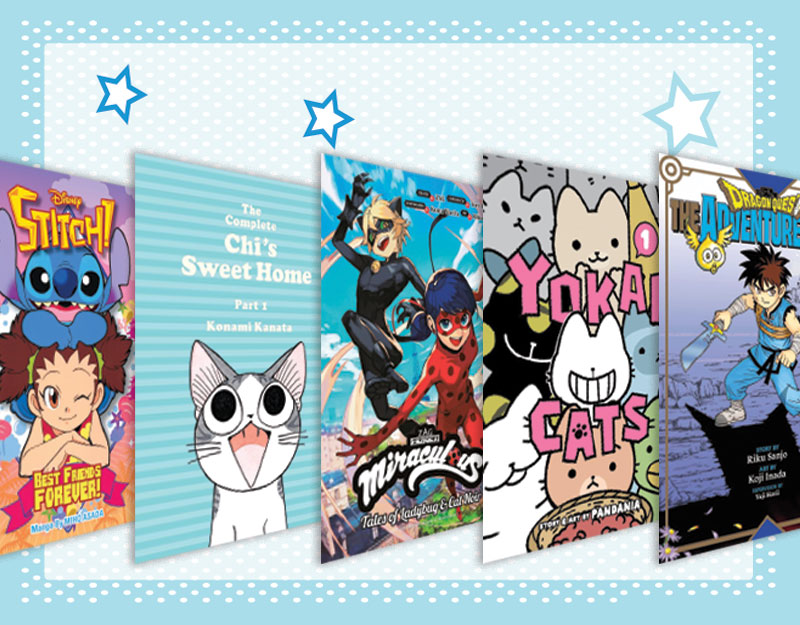
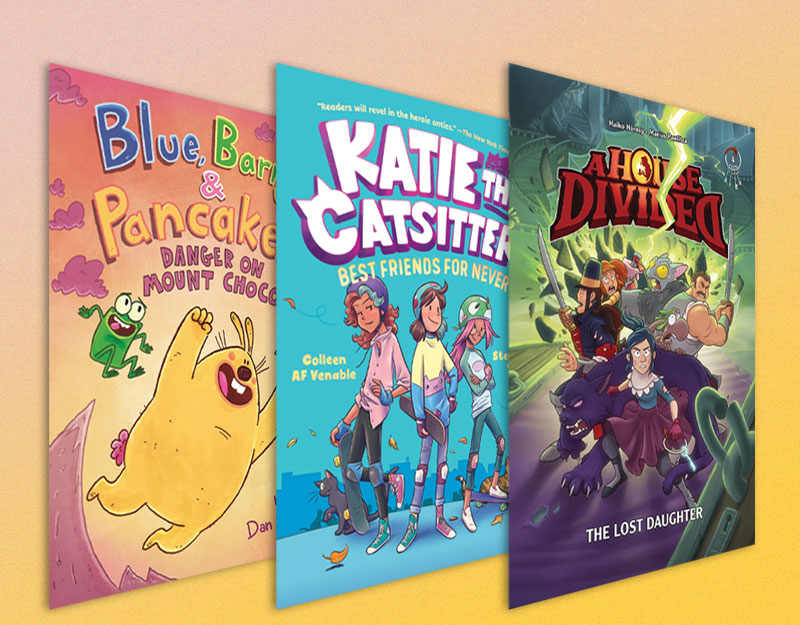
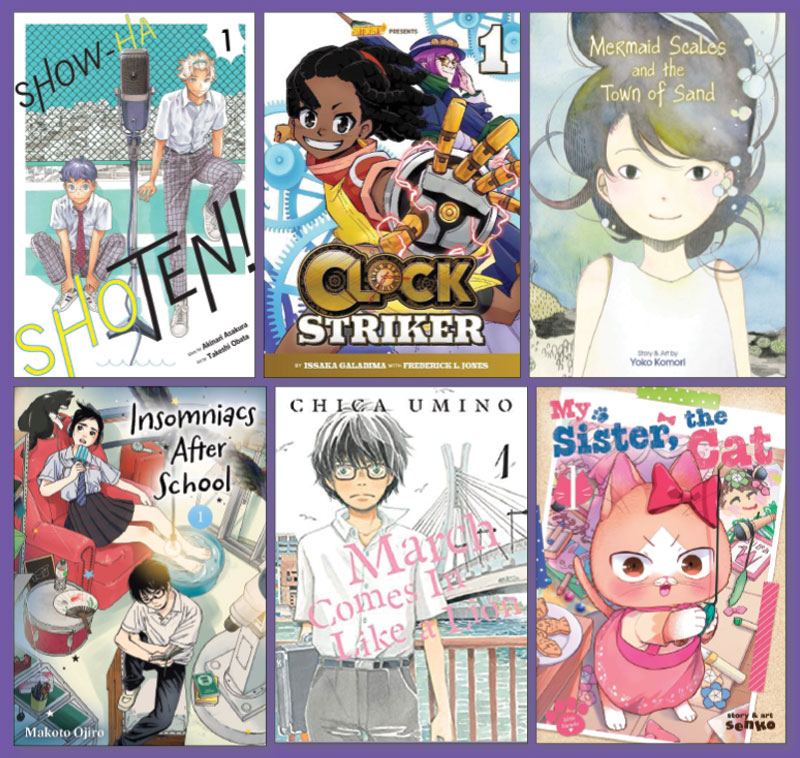
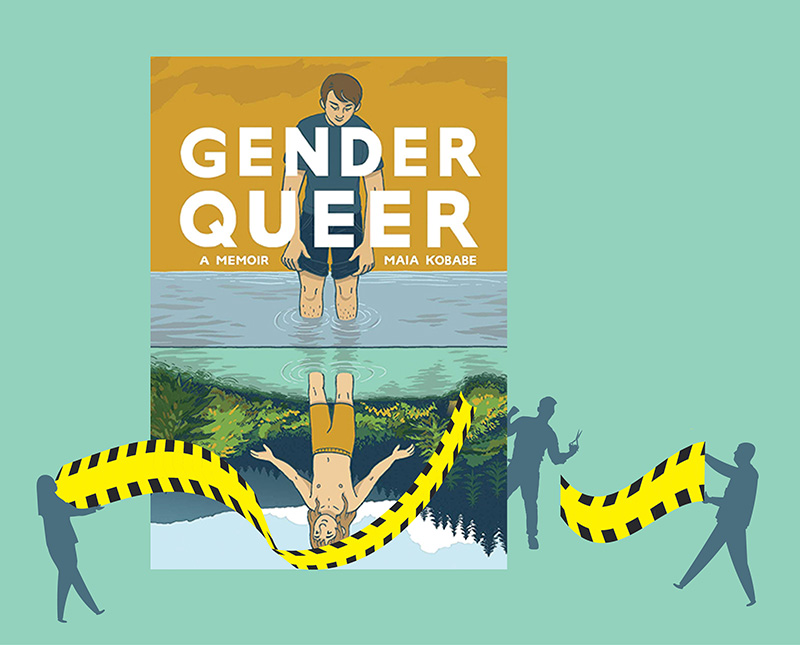

Hi everyone, thanks for the considered review of both the merits of the work and the ‘controversy’ surrounding it. I hope more people go out and check out what is a very solid graphic novel with a smart, well-realized trio of girl protagonists–an all too rare release.
– Chris
And if anyone wants, I’ll play you a game of Street Fighter IV on Xbox Live! 🙂